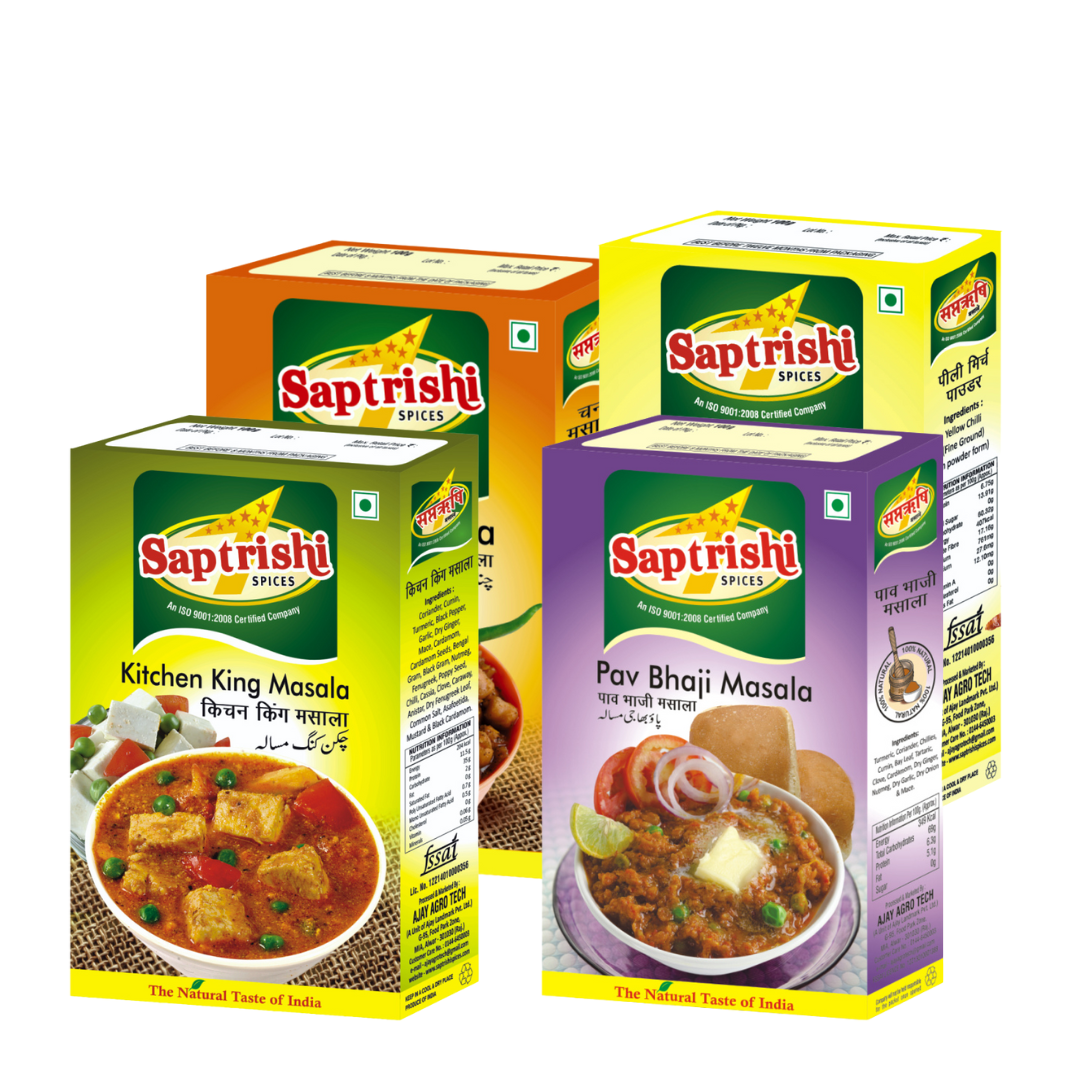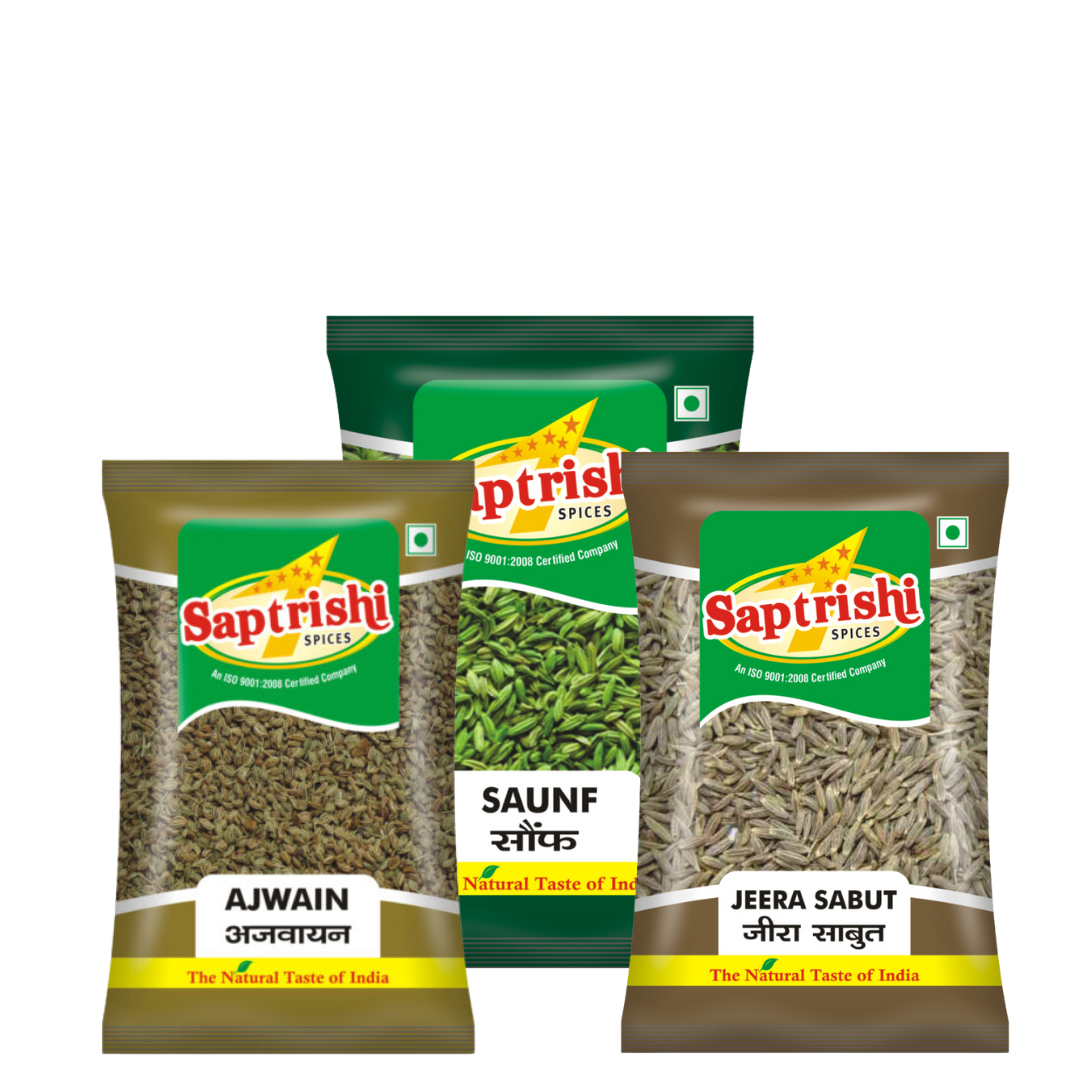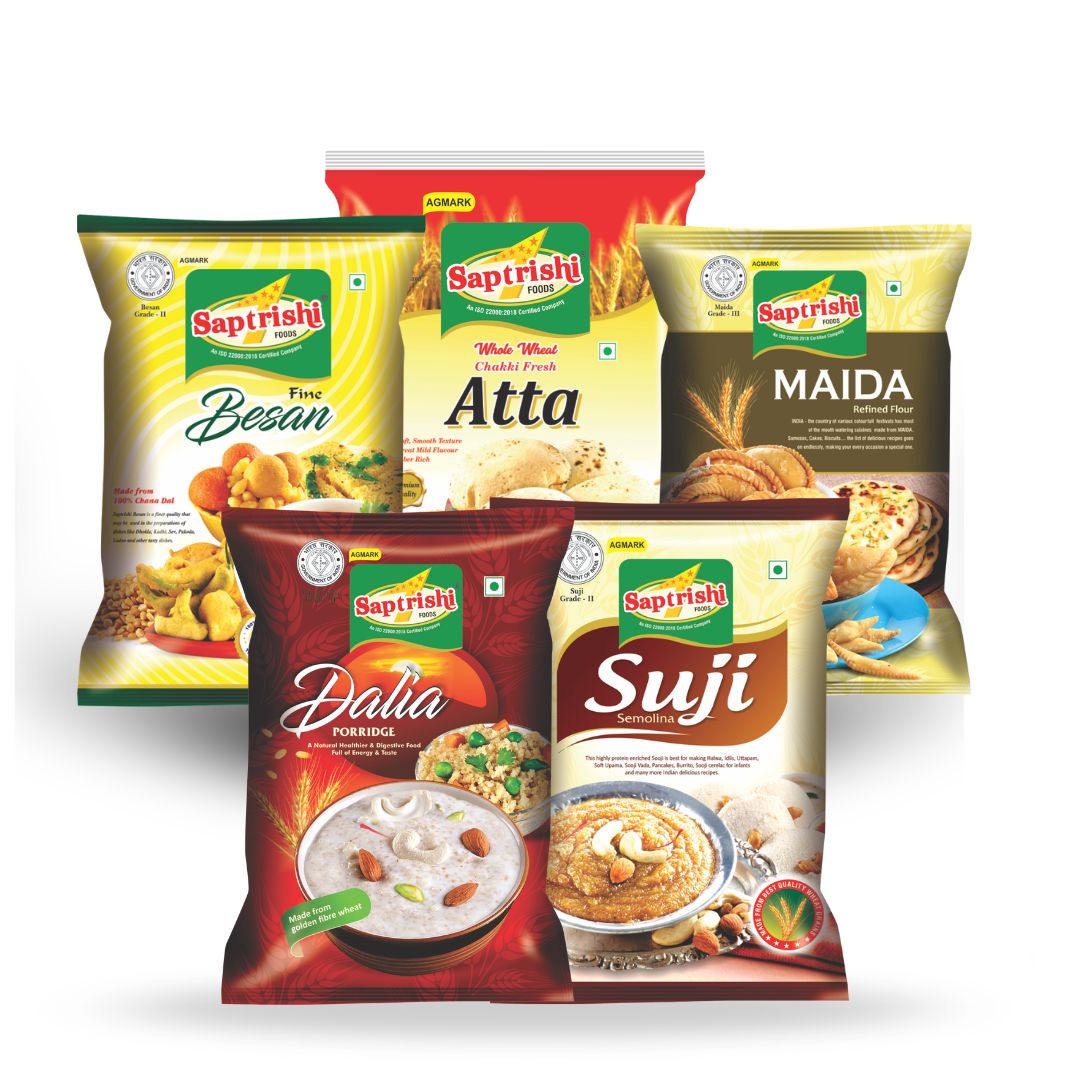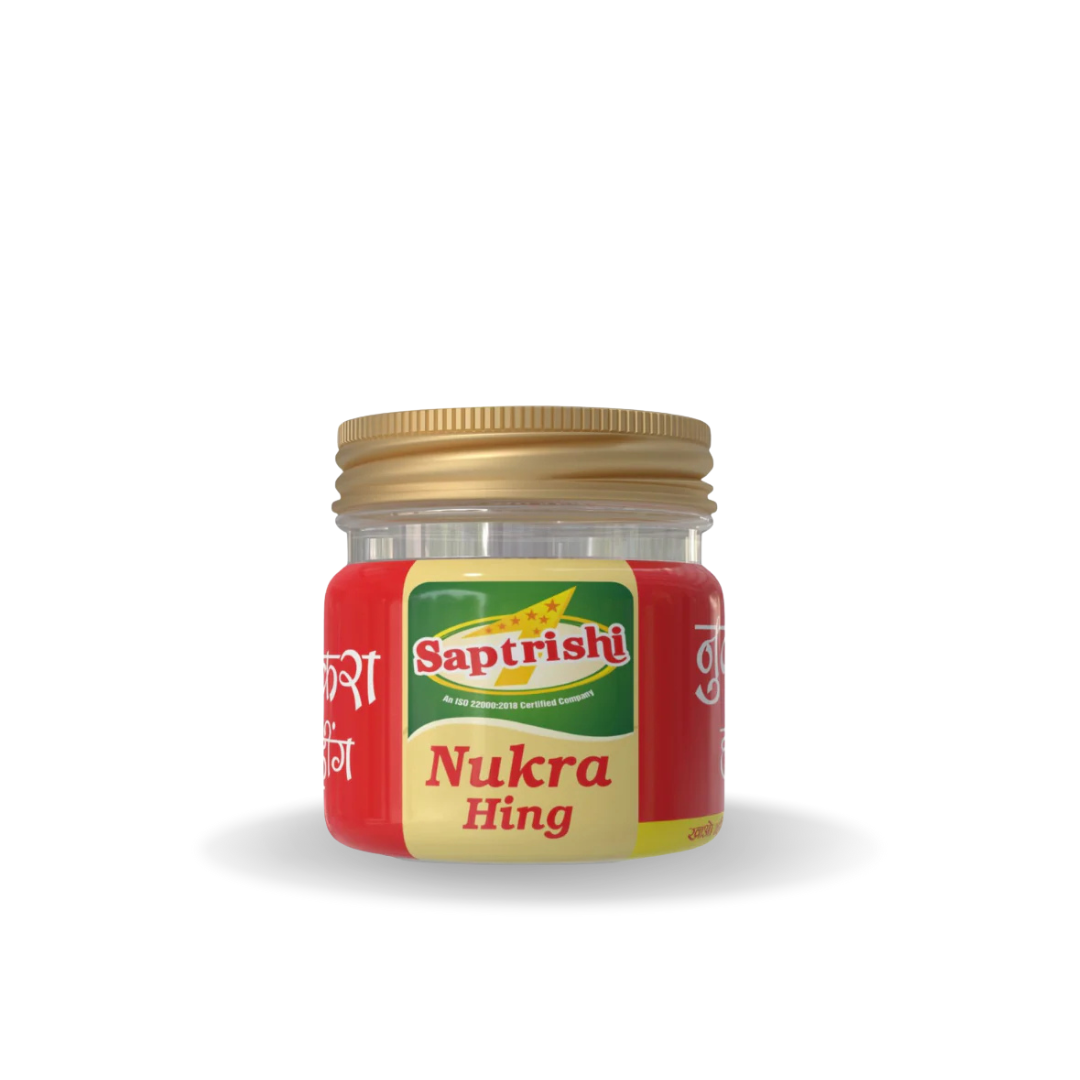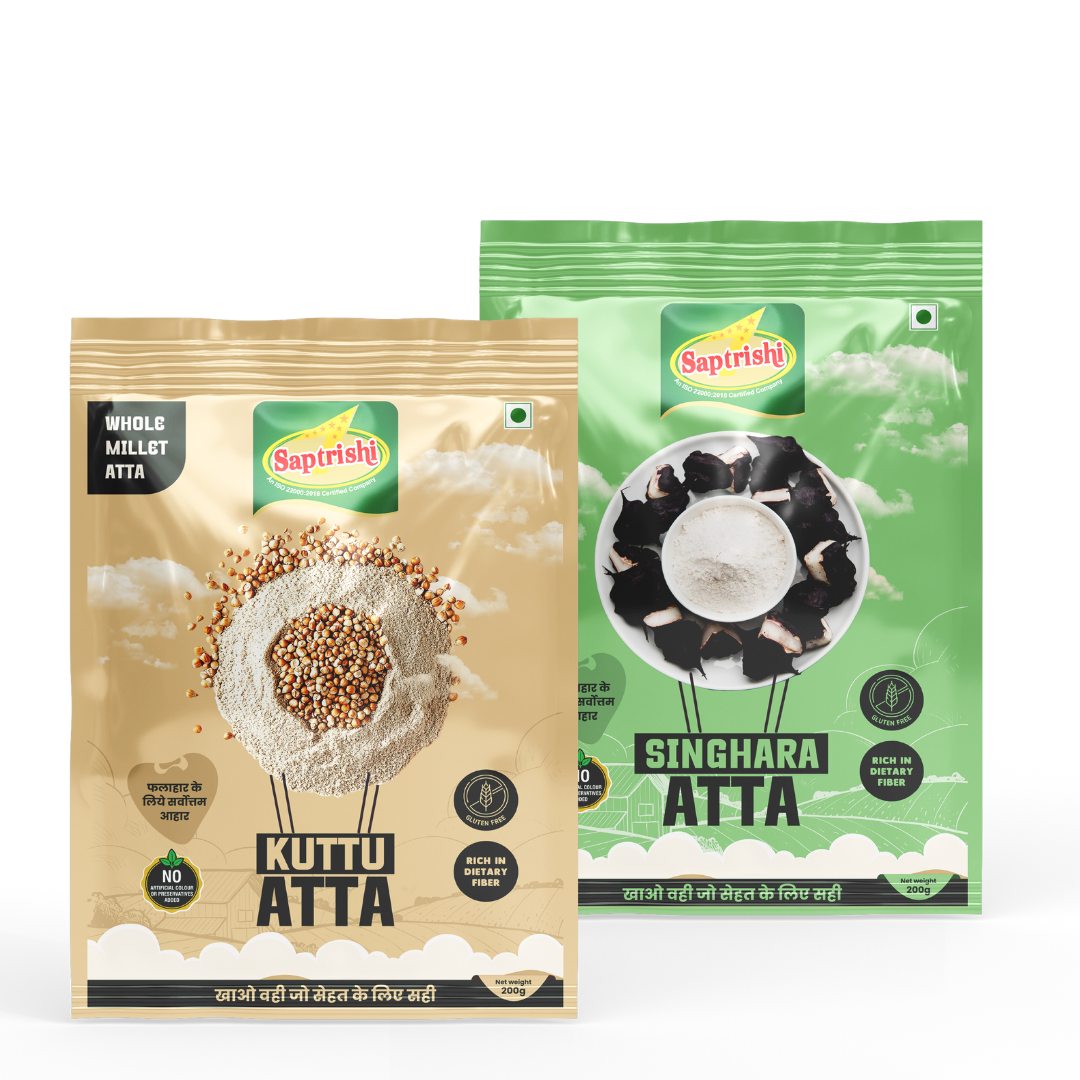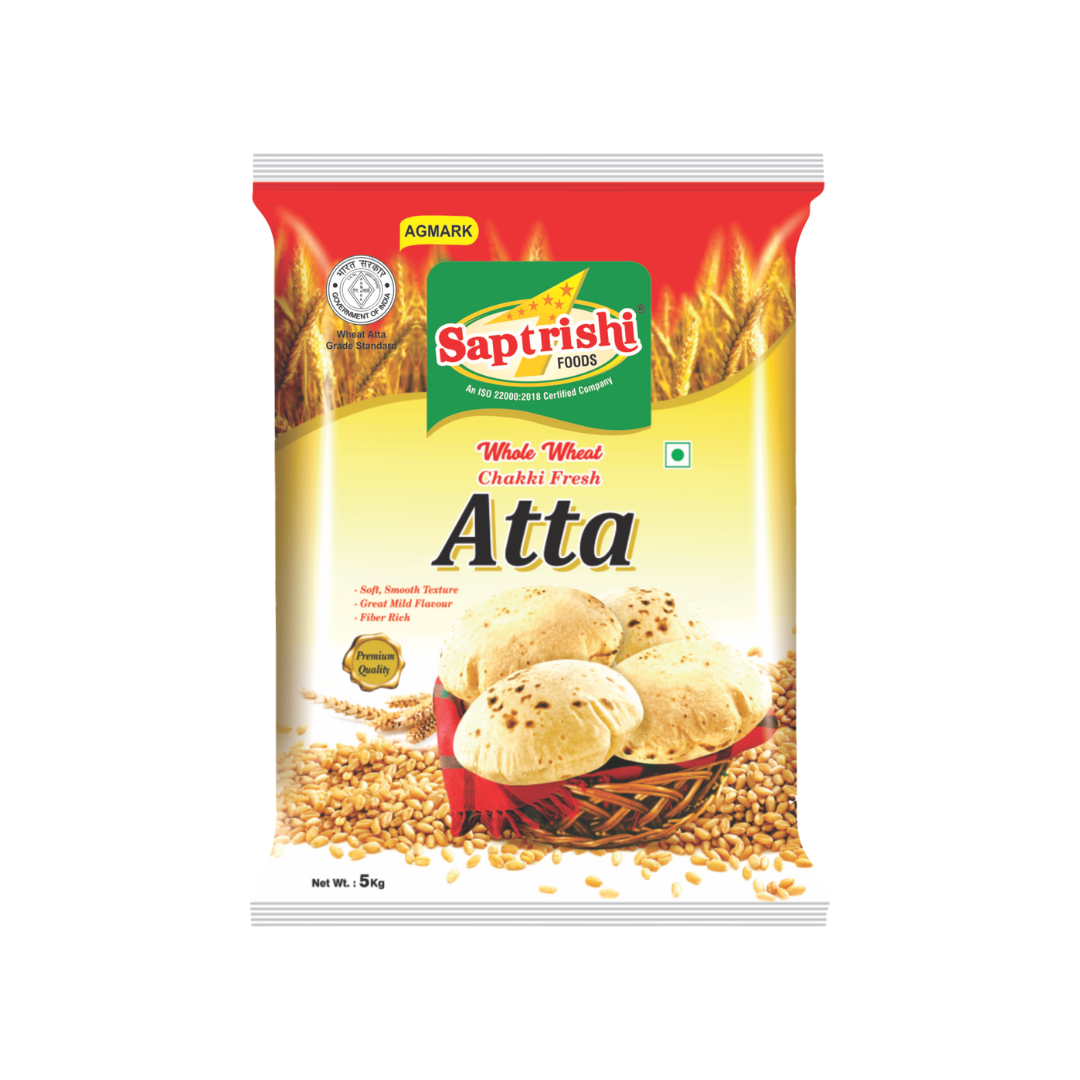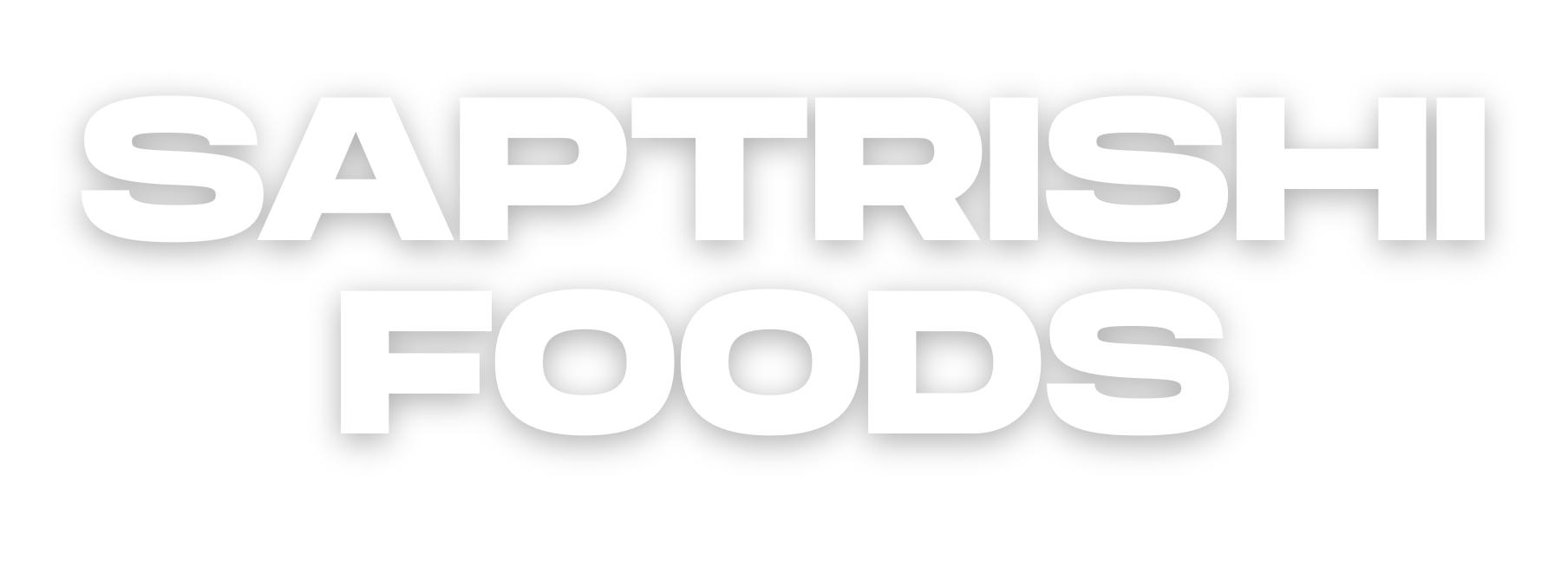Ingredients
Introduction: Understanding the Daily Choice Between Chakki Atta and Maida
In Indian households, flour is a fundamental part of daily meals — from soft chapatis and puris to fluffy bhaturas and baked treats. However, not all flour is created equal. The two most common types seen in Indian kitchens are chakki atta and maida, and choosing between the two can significantly affect your family's nutritional intake.
Many families use both, but few understand the health implications of their frequent consumption. While maida offers softness and structure, chakki atta delivers the real goodness of whole grain nutrition. This blog unpacks the differences, health benefits, and ideal uses for each — and also introduces trusted solutions: Chakki Fresh Atta and Super Fine Maida.
What is Chakki Atta?
Chakki atta refers to traditional stone-ground whole wheat flour. Unlike commercial roller milling which removes the bran and germ, chakki grinding retains all three parts of the wheat grain — the bran (fiber), germ (nutrients and oils), and endosperm (starch). The result is flour that is high in fiber, loaded with essential micronutrients, and closer to its natural form.
Saptrishi’s Chakki Fresh Atta is made from premium-quality wheat, stone-ground slowly to prevent nutrient loss from heat, and packed without any chemical preservatives or softeners. This ensures that the natural wheat germ oil and fiber are preserved — critical for digestive and cardiovascular health.
Health Benefits of Chakki Atta:
-
Digestive Health: The high fiber content aids in smoother bowel movements and reduces the risk of constipation.
-
Weight Management: Keeps you full for longer, preventing overeating and promoting healthier snacking patterns.
-
Blood Sugar Control: Lower glycemic index helps stabilize blood sugar levels, ideal for diabetics and pre-diabetics.
-
Heart Health: Natural presence of B vitamins, iron, and magnesium helps regulate cholesterol and support heart function.
What is Maida?
Maida is a highly refined white flour made by stripping away the fiber-rich bran and nutrient-dense germ from the wheat grain. What remains is the starchy endosperm, which is then finely milled and sometimes bleached to enhance its visual appeal. The result is flour that’s low in nutrition but offers elasticity, softness, and a light texture — making it suitable for baking, fried snacks, and certain types of Indian bread.
Common Applications:
-
Pastries, cakes, cookies
-
Naans, pizza bases, bhature
-
Biscuits and fried snacks
However, maida is digested quickly, leading to a rapid spike in blood glucose, followed by a crash that can leave you hungry again. This makes frequent use problematic for those managing weight or blood sugar levels.
Nutritional Comparison: Chakki Atta vs Maida
|
Feature |
Chakki Atta |
Maida |
|
Grain Components |
Whole wheat (bran, germ, endosperm) |
Only endosperm |
|
Fiber Content |
High |
Low |
|
Nutrient Density |
Rich in iron, magnesium, B-vitamins |
Most nutrients lost in processing |
|
Glycemic Index |
Low to moderate |
High |
|
Digestion |
Slower, sustained energy |
Fast, may cause sugar spikes |
|
Ideal For |
Daily meals, diabetics, kids, elderly |
Occasional bakes and festive treats |
The Role of Chakki Atta in Everyday Health
Chakki atta should be the default flour in every household. Used to make rotis, parathas, puris, and even healthy cakes and breads, it supplies essential roughage that keeps the digestive tract functioning optimally. It’s also beneficial for children’s growth, women’s bone health, and maintaining energy levels throughout the day.
Saptrishi’s Chakki Fresh Atta is stone-ground slowly to preserve nutrients and aroma. The flour is soft, easy to knead, and results in rotis that are light, fluffy, and satisfying. This makes it a smart everyday choice for long-term wellness.
Is Maida Always Bad? Understanding Its Role
Maida gets a bad name, but when used in moderation and sourced from a clean, transparent brand like Saptrishi, it can be a useful flour in the kitchen. Our Super Fine Maida is made from carefully milled wheat without bleaching agents, artificial softeners, or fillers.
Key Advantages of Saptrishi Super Fine Maida:
-
Ultra-fine texture ensures softness and elasticity in baking
-
Made without harmful bleaching chemicals
-
Hygienically processed and packed for safety
-
Ideal for cakes, naan, bakery breads, and delicate Indian sweets
By using high-quality maida like Saptrishi’s and combining it with whole grain options in recipes, you can enjoy balance without compromise.
Practical Tips to Use Both Flours Wisely
-
For Health: Use chakki atta as the base flour for rotis, breads, and even pizza bases. Add maida only when necessary for structure.
-
For Taste: Mix small quantities of maida with atta in paratha dough to improve softness while retaining nutrition.
-
For Baking: Substitute a portion of maida with chakki atta in cake or cookie recipes to enhance fiber content.
Using the right flour for the right purpose ensures taste without guilt and health without compromise.
Make the Right Choice for Your Family
Both chakki atta and maida serve unique culinary roles. Chakki atta is essential for daily nourishment — offering fiber, minerals, and complex carbs. Maida, when pure and used occasionally, can add value to festive or specialty recipes.
Saptrishi’s commitment to traditional processing, farm sourcing, and small-batch hygiene ensures that both our Chakki Fresh Atta and Super Fine Maida are safe, clean, and reliable.
Elevate your kitchen staples with trusted ingredients that align with your health goals. Because the foundation of wellness begins with what goes into your daily dough.
FAQs
Q1: What is the main difference between chakki atta and maida?
A: Chakki atta is whole wheat flour ground using traditional stone mills, retaining all parts of the wheat grain. Maida, on the other hand, is a refined flour made only from the endosperm, lacking fiber and most nutrients.
Q2: Is chakki atta better than maida for daily consumption?
A: Yes. Chakki atta is higher in fiber, nutrients, and healthy oils, making it ideal for everyday meals. It helps regulate blood sugar, improves digestion, and supports long-term health.
Q3: Is it okay to use maida occasionally?
A: In moderation, yes. Maida can be used for special recipes like cakes, naans, or festive desserts. Saptrishi’s Super Fine Maida is free from bleaching agents and ideal for clean indulgence when needed.
Q4: Can I combine maida with other flours to make it healthier?
A: Definitely. Mixing maida with flours like ragi, oats, or even chakki atta adds fiber and reduces glycemic load — making your recipes more balanced and nutritious.
Q5: What makes Saptrishi’s atta and maida better than regular store brands?
A: Saptrishi Foods uses premium-grade wheat, traditional cold chakki grinding, and no chemical additives. Both atta and maida are small-batch processed for freshness, purity, and full traceability.

